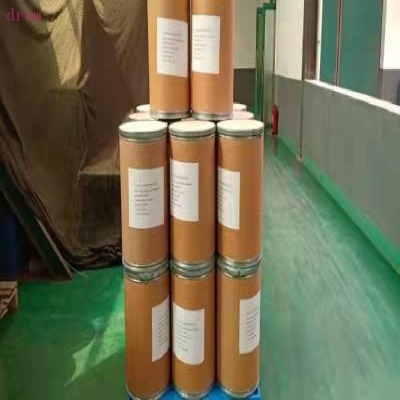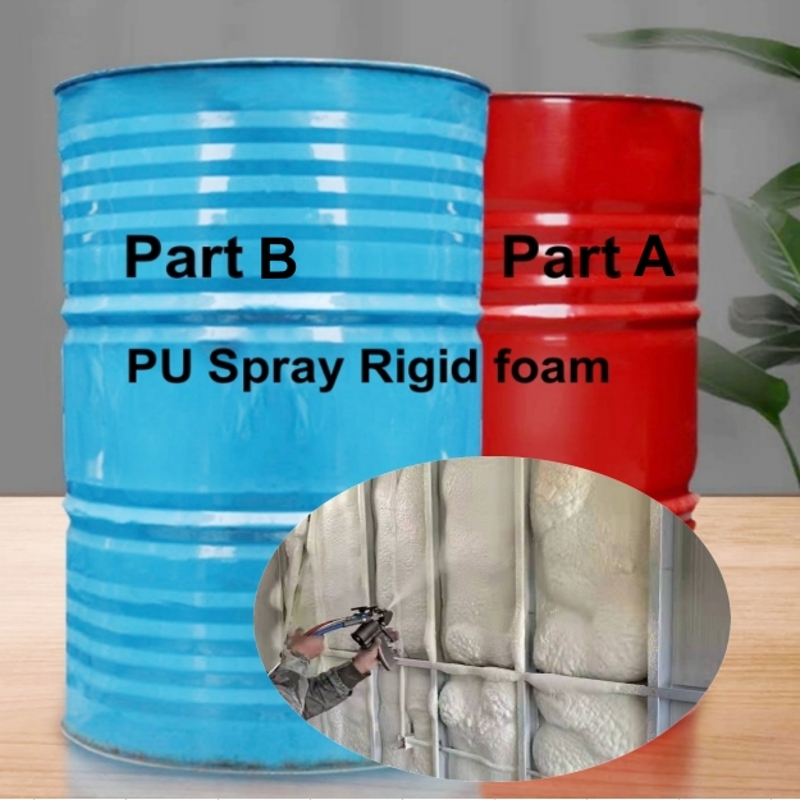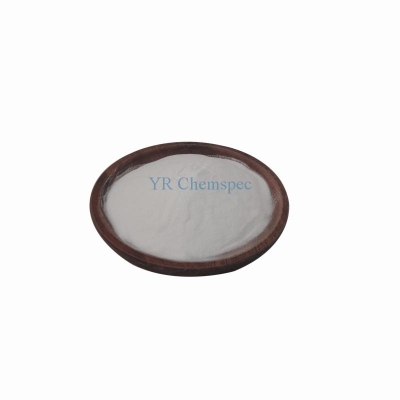-
Categories
-
Pharmaceutical Intermediates
-
Active Pharmaceutical Ingredients
-
Food Additives
- Industrial Coatings
- Agrochemicals
- Dyes and Pigments
- Surfactant
- Flavors and Fragrances
- Chemical Reagents
- Catalyst and Auxiliary
- Natural Products
- Inorganic Chemistry
-
Organic Chemistry
-
Biochemical Engineering
- Analytical Chemistry
- Cosmetic Ingredient
-
Pharmaceutical Intermediates
Promotion
ECHEMI Mall
Wholesale
Weekly Price
Exhibition
News
-
Trade Service
Six, analysis and testing
(1) Instrument conditions (for reference only, can be adjusted appropriately according to the actual instrument)
Analysis column: C 18 column (250mm×4.
Mobile phase: solution A is acetonitrile , solvent B is 25mmol/L phosphate buffer
Flow rate: 1.
The gradient changes are shown in Table 3-11
Table 3-11 C18 column mobile phase gradient changes
Detector: Diode Array Detector (PDA), detection wavelength: 245nm
Injection volume: 10uL
Column temperature: 35℃
In the case of doubtful results, different chromatographic columns can also be used to confirm the results.
Chromatographic column: cyano column (150mm×4.
Mobile phase: Phase A is acetonitrile ; Phase B is 25mmol/L phosphate buffer
Flow rate: 1.
The gradient changes are shown in Table 3-12
Table 3-12 Gradient changes of cyano column mobile phase
Other conditions are the same as those of the above analytical column analysis
(2) Standard curve
Prepare a standard series of more than 5 points (such as 2.
Table 3-13 Retention time
7.
Result calculation
(1) Qualitative target compound
Qualitatively based on the retention time of each component of the standard material
.
(2) Quantitative calculation
See Solid Waste—Determination of Organophosphorus Pesticides—Gas Chromatography (1) for calculation of solid and semi-solid waste
.
8.
Quality Assurance and Quality Control
(1) Calibration curve
Use the linear fitting curve to calibrate, the correlation coefficient should not be less than 0.
99, otherwise the calibration curve should be redrawn
.
(2) Blank
Each batch of samples (up to 20 samples) should be a laboratory blank, and the mass concentration of the target compound in the experimental blank should be less than the detection limit of the method
.
(3) Parallel sample determination
Each batch of samples (up to 20 samples) should be subjected to at least one parallel determination, and the relative deviation of the parallel sample determination results should be within 20%
.
(4) Standard addition of actual samples
Each batch of samples (up to 10 samples) should be spiked with actual samples at least once, and the spike recovery rate should be between 30% and 140%
.
Nine, matters needing attention
(1) The high-quality concentration reagents and standard solutions used in the experiment are toxic reagents.
The configuration and use are recommended to be carried out in a fume hood
.
(2) Quartz sand should be burned in a muffle furnace at 450°C for 4 hours to remove other impurities before use
.
(3) Appropriate amount of diatomaceous earth should be used to mix and disperse the sample to avoid agglomeration of the sample, which is not conducive to extraction
.
(4) When evaporating and concentrating, pay attention to the proper pressure.
Excessive pressure may reduce the recovery rate
.
(5) After rinsing the C18 cartridge of the solid cabinet with a methanol-water mixed solution with a volume ratio of 2:8, the water must be fully drained and then eluted.
If there is residual water, the nitrogen blowing and concentration time will be prolonged, which may cause The recovery rate is reduced
.







